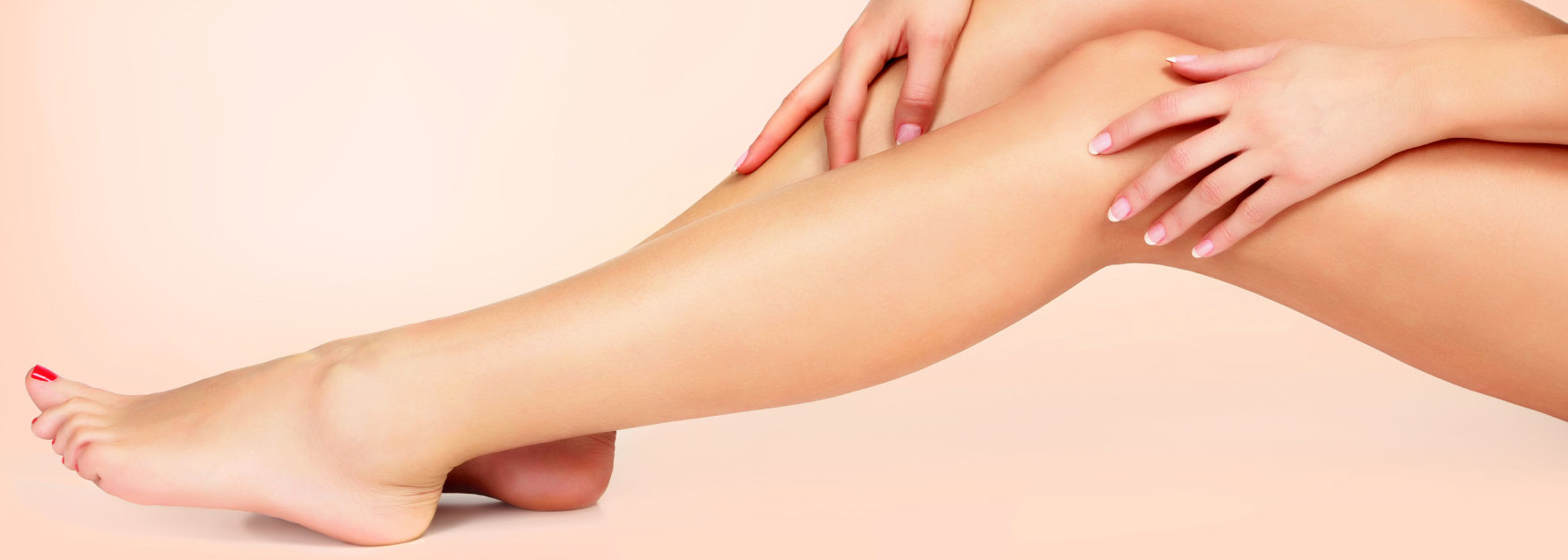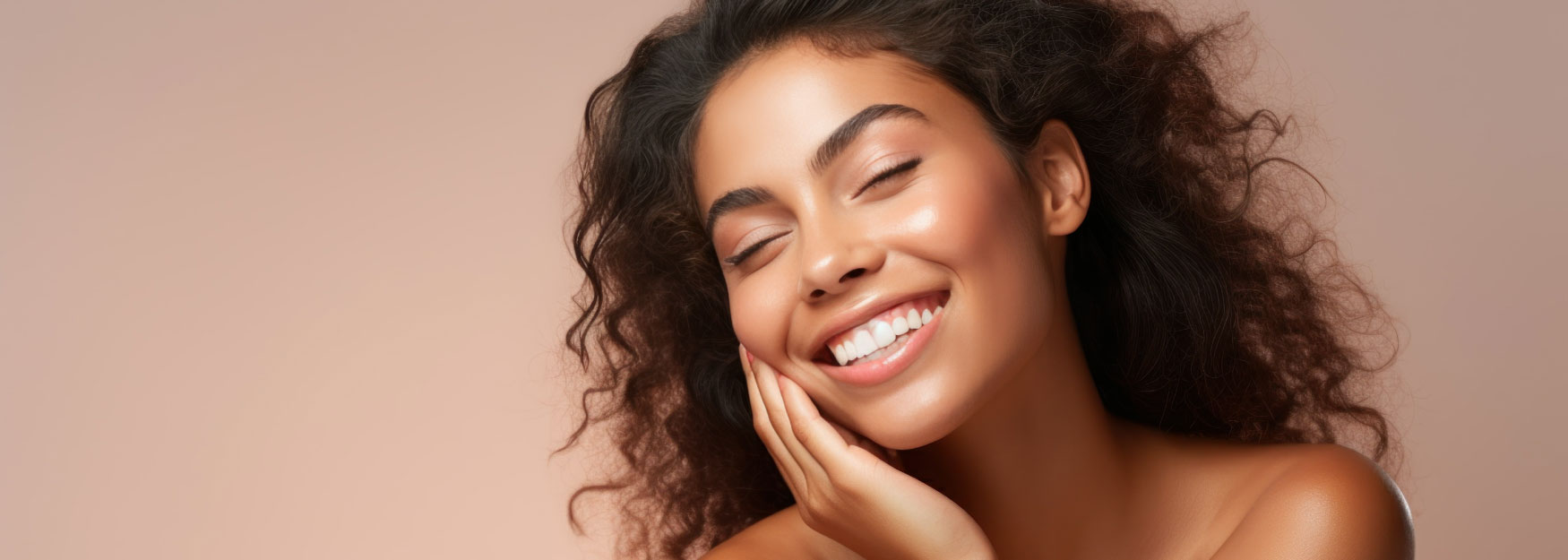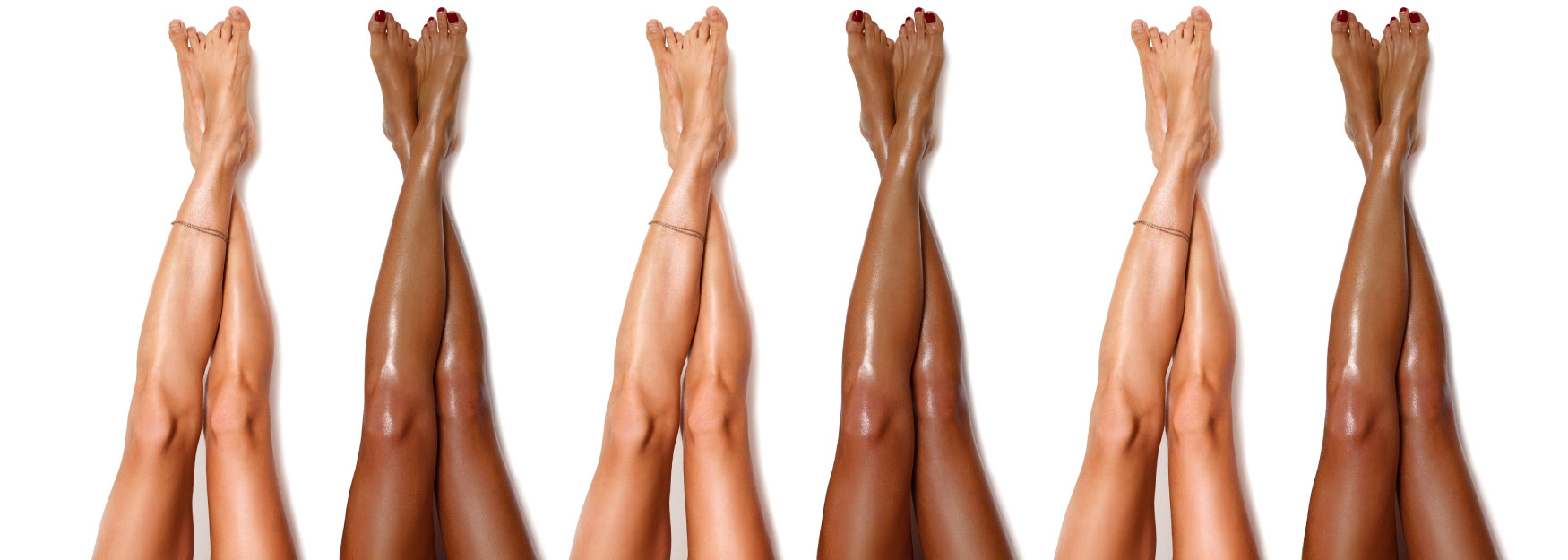
BHRC BLOG
The Ultimate Guide to Laser Hair Removal: What You Need to Know
Laser hair removal stands out as a beacon of hope for many in the quest for smooth, hair-free skin. It’s hailed as a semi-permanent solution to unwanted hair, offering results that waxing, shaving, and plucking can’t match. This blog will walk you through everything you need to know about laser hair removal, helping you make an informed decision.
Understanding Laser Hair Removal
Laser hair removal is a medical procedure that uses a concentrated beam of light (laser) to remove unwanted hair. During the process, the laser emits light absorbed by the pigment (melanin) in the hair. This light energy is converted to heat, which damages the tube-shaped sacs within the skin (hair follicles) that produce hairs. This damage inhibits or delays future hair growth.
Is It Permanent?
While laser hair removal effectively reduces hair growth, it doesn’t guarantee permanent hair removal. Multiple sessions are common for initial hair removal, and maintenance treatments are typically required. However, the hair that regrows tends to be finer and lighter in color.
Who Is It For?
Laser hair removal is best for individuals seeking to reduce hair growth on the face, leg, chin, back, arm, underarm, bikini line, and other areas. While it can be effective for all skin types, the best results are often seen in those with light skin and dark hair due to the contrast in melanin.
Preparing for Laser Hair Removal
The first step is choosing a qualified doctor or laser technician and having a consultation. During your consultation, your medical history will be reviewed. You’ll discuss the risks, benefits, and expectations regarding what laser hair removal can and can’t do for you.
Before the Procedure
- Avoid Sun Exposure: It’s essential to protect your skin from sun exposure six weeks before treatment and use broad-spectrum SPF30+ sunscreen daily.
- Lighten Your Skin: Avoid any tanning, including self-tanners. You might be advised to bleach your hair if you have darker skin or are experiencing sun exposure.
- Stop Other Hair Removal Methods: Stop plucking, waxing, and electrolysis, which can disturb the hair follicle and should be avoided for at least four weeks before treatment.
- Shave the Area: Shaving the day before or the day of the procedure is recommended as it leaves the hair shaft below the surface but removes hair above the skin, which can burn.
What to Expect During the Procedure
The procedure varies depending on the treated area’s size and location and your hair’s thickness, color, and skin type. Generally, you’ll wear eye protection, and a hand-held laser instrument will be pressed against your skin. Depending on the laser type, a cooling device on the instrument’s tip or a cool gel might protect your skin and lessen the risk of side effects.
When activated, the laser passes through your skin to the hair follicles. The heat from the laser beam damages the hair follicles, inhibiting hair growth. You might feel discomfort, such as a warm pinprick, or you’ll likely feel a cold sensation from the cooling device or gel.
After the Procedure
Redness and swelling for the first few hours are regular; applying ice can help. Unless you experience complications, you should be able to resume your day-to-day activities.
Risks and Recovery
Laser hair removal is a safe treatment when performed by a certified technician or doctor, but it does carry potential risks, such as skin irritation and pigment changes. Rarely can laser hair removal cause blistering, scarring, or other changes in skin texture.
Laser hair removal offers a great solution for those tired of temporary or painful hair removal methods. You can achieve significantly reduced hair growth and enjoy smoother skin with proper preparation and care. If you’re considering laser hair removal, this guide has hopefully illuminated the path to making the best decision for your needs.






